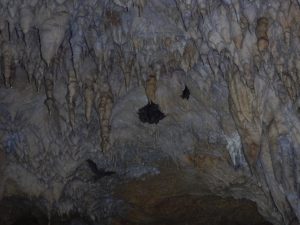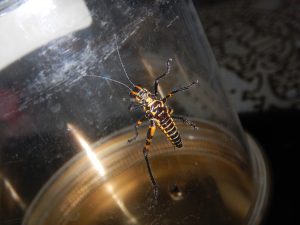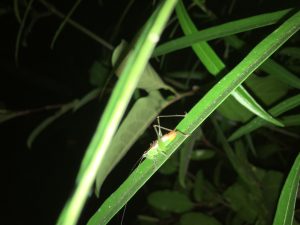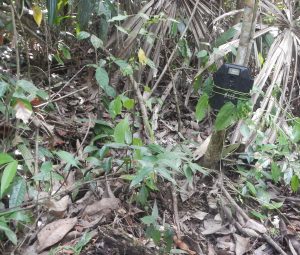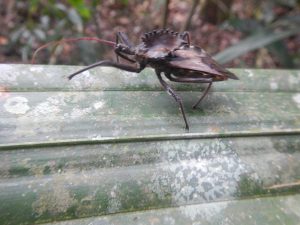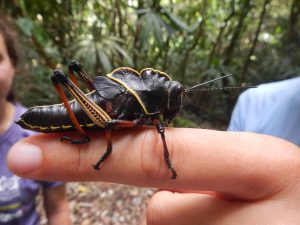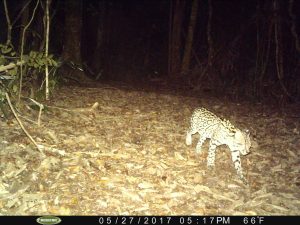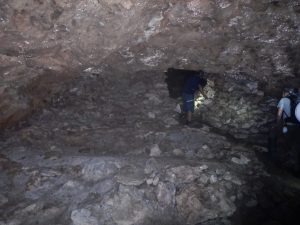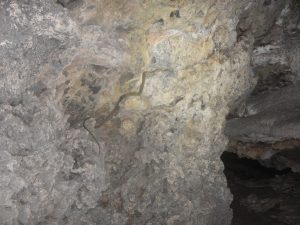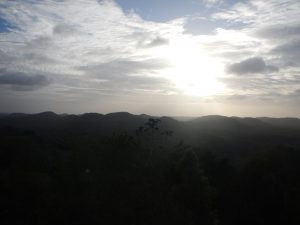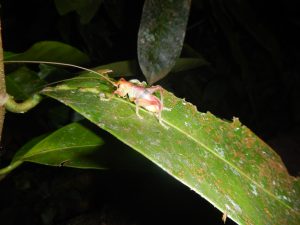This was the only day that was relatively calm so far. Effectively, we only did one activity (which is far less than we usually do) and this was retrieving our samples for our second project on nitrogen limitation in the rainforest. Yes, this is the pee one. After finding and tagging our urine and water vials, we went back to the lab and spent approximately four hours sorting throuhg the insects we found in the liquid, dividing them into different categories based on appearance alone. This meant we were each assigned an insect group, to keep the identification standardized across the whole project.
I was assigned Orthoptera, as this is my regularly-assigned taxon, and this may as well have been the most Orthoptera I saw today. On our morning hike, there were no interesting Orthoptera organisms, though I did catch what seemed like a few quick, small crickets jumping throuhg the leaf litter. The lack of recorded Orthoptera for today may be partially due to the fact our morning hike was short, and I wasn’t paying close and particular attention to the leaves, since we were all preoccuped with collecting our samples.
Halfway through our four-hour analysis, a second group arrived at Las Cuevas Research Station. They were college students, here to study ecology and biology like us. We somehow got offered the opportunity to present our project to them, so we did—standing at the front of the lecture lab, holding a poster titled “To Pee or Not to Pee”, discussing our day-long analysis in front of a group of strangers. They were sympathetic and seemed genuinely interested in our study, which was reassuring and honestly very sweet. It was a good (if not slightly eccentric) introduction to the first outsiders we’d seen in days.
Besides this, it was a quiet day. At about 2 pm, it started raining in traditional rainforest fashion: brief, ephemeral torrents of rain, followed by open blue skies. We all stood on the deck of Las Cuevas and basked in the falling rain.



